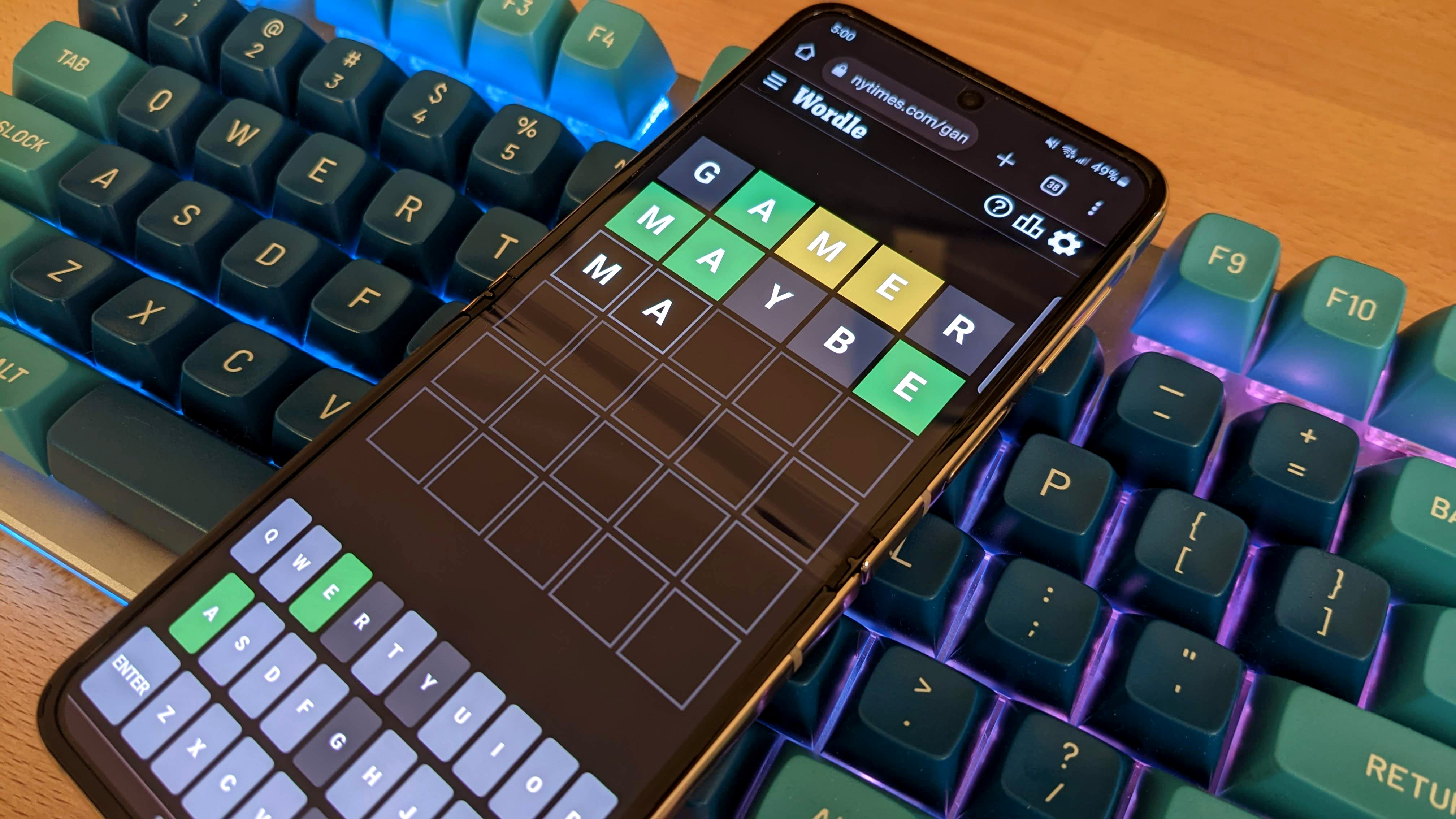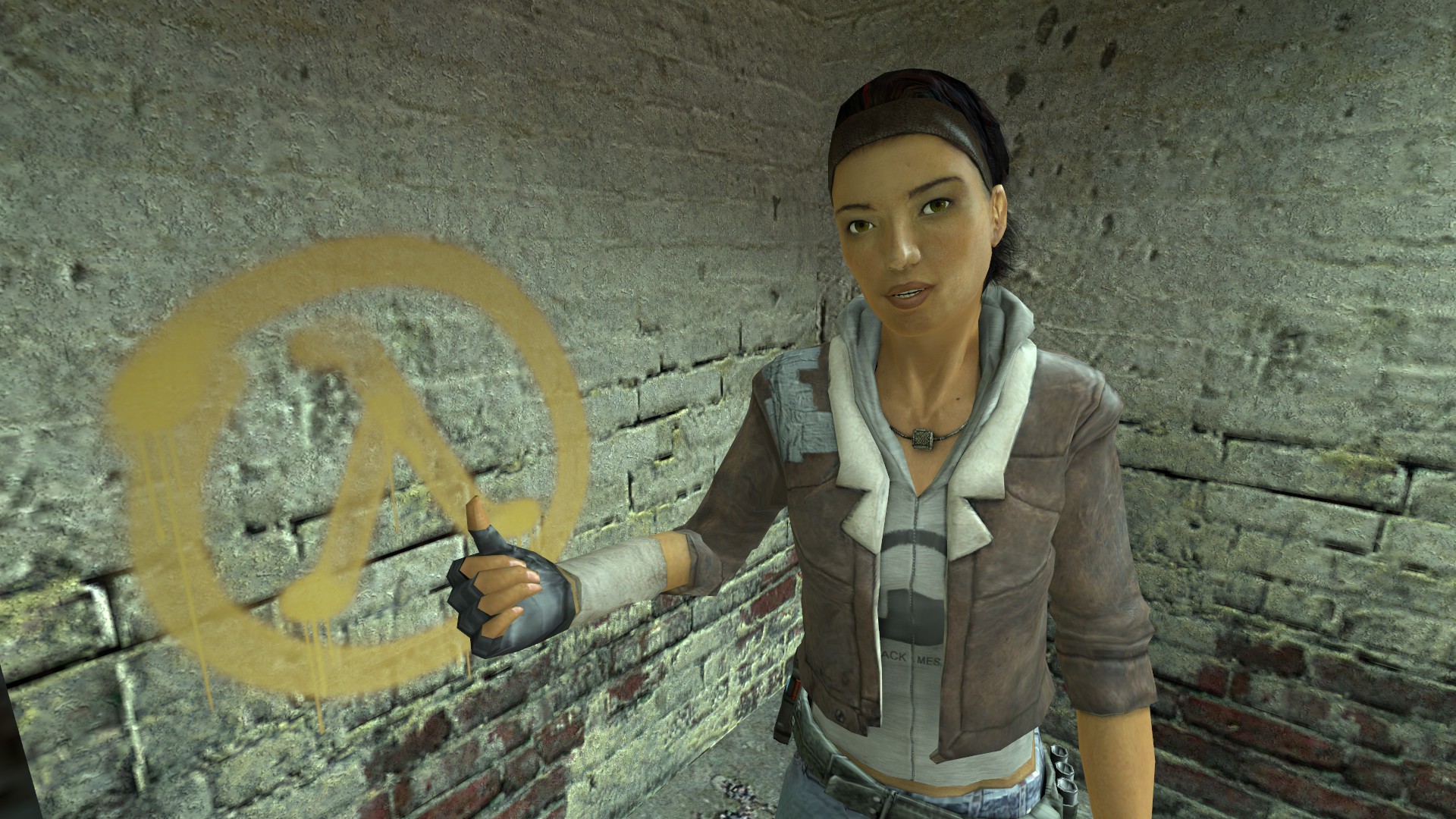
Harold Halibut Review
Almost all video games are painstakingly made by human hands, but Harold Halibut takes that idea so literally that you can almost spot the fingerprints of its creators on screen. This colourful, story-driven adventure features meticulously hand-sculpted characters that have been seated in detailed miniature sets, digitally scanned, and brilliantly brought to life in a 12-hour interactive stop-motion movie that we get to star in. Yet, like the oceanic alien world in which it takes place, Harold Halibut is deeper than it first appears. I came for the unconventional art style, but I stayed for the cast of quirky characters and a playful mystery to unravel that features plenty of warmth and humour beneath its striking stop-motion surface.
Set a couple of hundred years into the future, the events of Harold Halibut take place on the FEDORA, an ark-like spaceship that evacuated Earth during the peak of the Cold War in the 1970s. It later crash landed into the gloomy waters of a distant ocean planet, where it has remained ever since under the rule of the slightly suspect All Water Corporation. You strap on the work boots of the titular Harold Halibut, a hand-painted handyman who serves as a lab assistant in the ship’s science wing. The opening hours of the story are spent running menial daily tasks like cleaning filtration systems and scrubbing walls, before the unexpected arrival of an alien being draws Harold into a considerably more captivating quest.
With his amusing objections to the local water tube-based public transport system that flushes him from one place to another like a discarded tissue down a toilet, and his tendency to sing goofy songs while performing his daily duties, I found Harold to be a particularly charming and relatable hero. The fact that he was born on the FEDORA and its boundaries are the only world he’s ever known means that when Harold’s adventure eventually takes him beyond its man-made walls, his sense of awe at his uncharted alien surroundings neatly mirrored my own.
Ship happens
The subaquatic setting of the FEDORA itself is a bit like BioShock’s Rapture had it been created by Wes Anderson as opposed to Ken Levine. It’s effectively a series of interconnected dollhouse dioramas, from a bustling shopping mall to industrial research labs, and the human touch is always apparent in the form of the imperfectly painted edges on background props and the knitted fabrics of the characters’ clothing. The rustic, tangible nature of its world is just begging to be poked and prodded, so it’s a slight shame that there’s a surprisingly low level of interactivity to be found in this setting outside of Harold’s early chores and a handful of playable coin-op games in its local arcade.
In fact, while Harold Halibut may resemble a point-and-click adventure at first glance, it doesn’t actually play like one. There’s no inventory of objects to collect and combine, nor any challenging puzzles to complete. While there are the odd uncomplicated mini-games to enjoy, such as steering a surveillance camera strapped to a remote-controlled car through a maze of air vents, or removing the exterior panels of a 3D printer with some satisfyingly tactile turns of a screwdriver, the vast majority of objectives in Harold Halibut simply require you to seek out a specific character and trigger a conversation with them in order to progress the increasingly fascinating narrative. This did unfortunately lead to quite a lot of trudging back and forth through the same small set of rooms and corridors, which made me acutely aware of how sluggish and occasionally unresponsive the run button can be.
Thankfully, the actual interactions you have with each citizen aboard the FEDORA are more often than not entertaining enough to make the lengthy amount of legwork feel worthwhile. There’s an indistinguishable quartet of quirky quadruplets to encounter across the various commercial and industrial sectors of the ship, as well as a friendly, Fabio-styled muscleman to watch strange soap operas with on Harold’s break room television. My favourite, though, is Slippie, the proprietor of the local skiing supplies store, who’s quick with a pun and eager to wow Harold with his latest hilariously ill-conceived infomercial. (The fact that there is a skiing supplies store in a snowless, subaquatic city is wonderfully absurd in and of itself).
Harold Halibut might be set thousands of leagues under the sea but its humour stays dry throughout, and I returned to speak with the locals even when the story didn’t demand it so that I didn’t miss out on any of its many funny and often sentimental conversations. There’s a focus on nurturing friendships that feels more natural than other adventures that gamify bonds with non-playable characters via contrived relationship meters and the like, and I also appreciated the endearing way that Harold documents a lot of these encounters with childlike pencil scribblings in his sketchbook.
The Strife Aquatic
There’s a lot more to it beyond idle chit-chat, of course, and an unlikely series of events drags Harold to all four corners of the FEDORA and eventually beyond it into the dazzling, DayGlo underwater depths of an undiscovered, peace-loving alien colony. Here Harold Halibut becomes an entertaining fish out of water story, despite somewhat ironically being about a human deep underwater who happens to be named after a fish. Throughout, Harold Halibut’s journey is heartwarmingly wholesome, full of intrigue and a sense of adventure but never mean-spirited, and the illusion of its spellbinding stop-motion style is only occasionally shattered when characters clip through parts of their surroundings.
Harold Halibut’s journey is heartwarmingly wholesome, full of intrigue and a sense of adventure,
Given how enchanting Harold Halibut’s homespun world is, then, it’s a slight disappointment that there are no extras to unlock upon completing its campaign. There are admittedly a couple of short making-of clips to be found online, but I would have loved to have gotten a better look into the development process in the form of concept art or behind the scenes videos of the creation of the character puppets and sets. Unfortunately developer Slow Bros. hasn’t shared any insight into Harold Halibut’s production here, which certainly doesn’t take anything away from the overall experience, but it does seem like a bit of a missed opportunity to put a spotlight on its remarkably inventive design.





